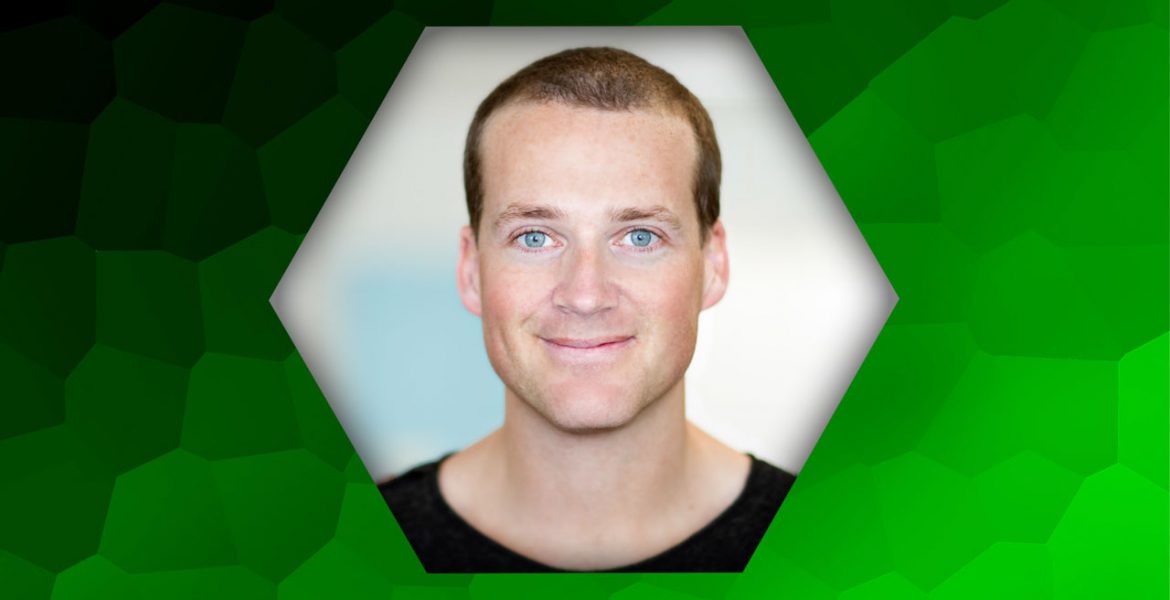In this series we ask the tough questions of an expert in different fields of marketing to get behind the headlines and into the issues that matter. This week TRIBE’s Jules Lund gets grilled on influencer marketing.
Q: With platforms constantly changing their algorithms all the time, isn’t it going to become increasingly tough for influencers to reach their followers?
For outliers with more than 500,000 followers I suspect it could. But micro-influencers qualify as everyday users, which the social platforms will always reward with reach.
For example in 2016 when Instagram changed their feed from chronological to most relevant posts, macro-influencers around the globe freaked, while engagement for those under 100,000 followers increased. Engagement for those with under 25,000 almost doubled.
So, for the price of one sponsored post from a celebrity, YouTuber or the Insta-Famous you could theoretically fill a campaign with 50 micro-influencers who typically have between 3000 and 100,000 followers.
Q: Click farms and fake followers are a major problem for influencer marketing – is it the cycling of the marketing world where too many people are operating on a dishonest playing field?
It’s no longer a huge problem. The industry has never been in a healthier state and it’s getting better by the day. There are four key factors that have helped with this issue.
Firstly, Facebook and Instagram, the biggest stakeholders in the category, have taken action. Last year they banned all the tools which auto-follow or auto-engage and create the bots in the first place. They even took some to court. They’re also constantly removing inactive accounts that pollute their eco-systems.
Secondly, marketers are making a stand and refusing to purchase anything but the highest quality influencers. Recent industry commentary from the likes of Unilever CMO Keith Weed has further emboldened them to take this approach.
Thirdly, we are seeing more self-regulation from influencers, based on those demands from brands, as they’ve come to value their new revenue streams.
Lastly, influencer platforms are catching up. When TRIBE launched four years ago, we were the only influencer tech company. We had 2,000 global influencers in the first week, so we were very exposed to fake accounts. We then set about building a sophisticated proprietary system to detect fake followers and engagement.
Essentially, if an influencer platform hasn’t developed its own system to protect brands, they simply won’t get work.
Q: Influencer marketing is mainly targeted at younger demographics. As they grow up and become more cynical and aware of commercial arrangements, is it going to lose its lustre?
That assumes that becoming aware of the commercial arrangement undermines the effect. Our generation saw commercialism as selling out, but today collaborating with a global brand is seen as a badge of honor. So much so, some creators are writing #ad on posts that weren’t even paid for by the brand.
Q: Any influencer with the kind of mass reach clients crave today charges an astronomical amount for a single post. Are marketers not better investing in more accurate targeting through data-based insights at a lower price point?
The key is to use both. Although I question the value of working with macro-influencers or the Insta-famous, I do see enormous value in book-ending a social campaign with micro-influencers and a celebrity with mass reach.
You receive added PR from the star, you can micro-manage the tone of the celebrity content and then simply hand that over to thousands of micro-influencers to interpret that in their own style, and you then have loads of content you can turn into ads.
Influencer content performs better than brand generated content on social too. So an effective strategy is combining the art of influencer content with the science of targeting and measurement from Facebook ads.
Q: Measuring ROI for influencers has always been a challenge, can that ever be overcome?
Yep. Soon influencers will have access to a Paid Partnerships tag when they post for a brand. Not only does it finally mean all the rich insights of that post’s performance will be funneled directly into the brand’s Facebook ads manager, but the marketer can then turn that content directly into social ads.
More exciting still is that the products within these influencer posts can be tagged, then with the release of Instagram Checkout, followers can then tap on those tags and purchase those products without leaving the app.
This monumental shift solves all three key challenges our category faces.
In measurement terms, brands can now benchmark influencer marketing against their existing social and digital campaigns to find out once and for all if it moves the needle.
It also helps prove return on investment. Organic influencer marketing has been limited. Outside of ‘link in bio’ and swipe-ups in Stories (for those with over 10,000 followers) it just hasn’t been great for driving traffic outside of the platform. The ceiling has been lifted.
And it addresses transparency. The ‘Paid Partnership’ tag appears in a prominent position, making the requirement to include #ad, #collab or #spon in your caption redundant.
With all of these advancements, the future of influencer marketing is looking a lot more exciting than its past.
Jules Lund is the founder of TRIBE, a micro-influencer platform and is speaking at Advertising Week APAC on Thursday August 1

